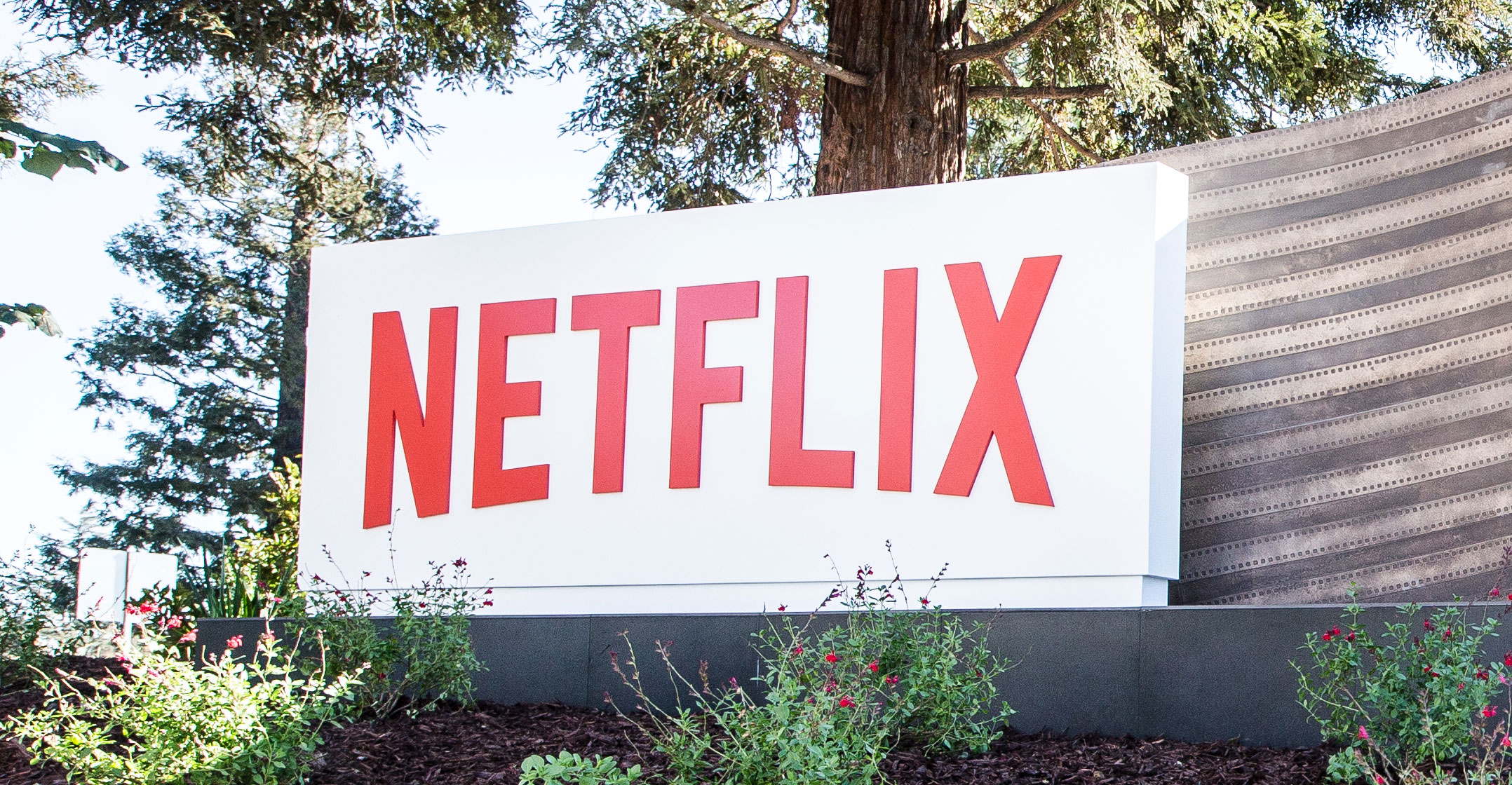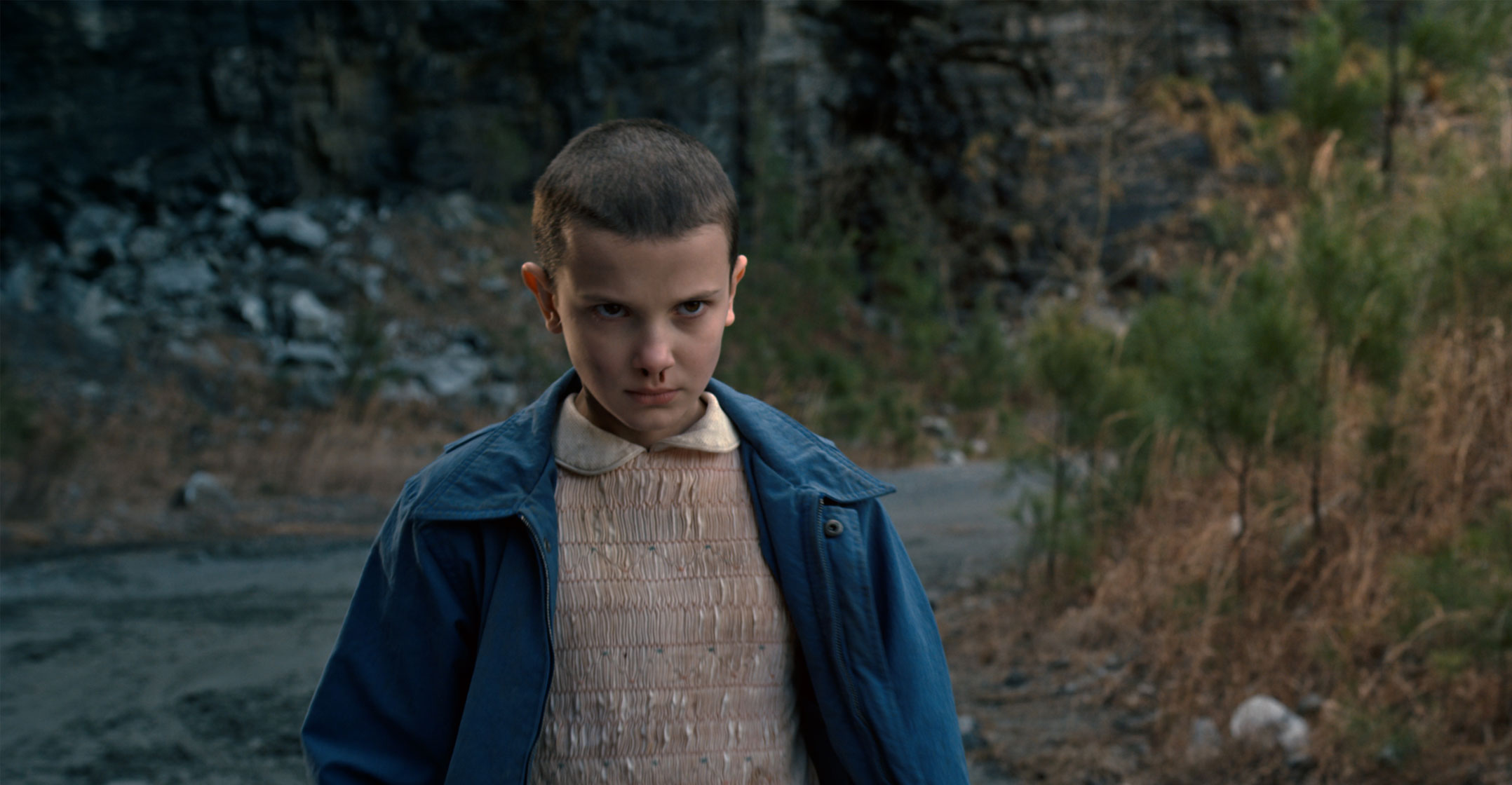
Netflix recently warned price increases are coming for many subscribers in the US and other countries (although reportedly not in South Africa). It’s happening because Netflix has been spending a small fortune to supply homes with entertainment — such as Narcos and Stranger Things — that it creates itself, owns and offers exclusively to streaming customers.
Netflix said Monday that its cash costs for streaming programming totaled US$8.5bn in the past 12 months, a figure that has more than doubled in two years.
For the foreseeable future, Netflix will get a lot of help financing its spending spree from Wall Street investors and banks. But at some point the company must stand on its own financially — and that means it needs a lot more customers, and most likely higher bills from those customers, in coming years.
Right now, the formula seems to be working. Netflix in the third quarter added more streaming subscribers than Wall Street expected, the company said on Monday. As many analysts thought would happen, Netflix was fairly cautious about its financial results for the quarter ending in December. It stands to reason that some customers will cancel, or some potential customers will think twice, after Netflix starts charging more.
Investors know Netflix’s strategy is to spend more now, in order to control its destiny and win fans around the world. The bet is that more and better TV series and movies — preferably those made in-house — are the key. Netflix told investors on Monday that it’s trying to take advantage of a “once in a generation opportunity” to capitalise on the growing interest in Internet entertainment.
It’s easy to see the payoff, in the growing numbers of people signing up for Netflix streaming video. But the costs are increasing even faster than the money coming in the door.
Costs
Cash cost for streaming programming works out to an average of $21.50 for each of the 109m Netflix streaming customers as of 30 September, according to calculations of Bloomberg data. Netflix’s revenue works out to a quarterly average of $26.31 for each of those customers.
Over the past three years, the average quarterly revenue per streaming customer has increased 14%, while the cash programming costs per customer have gone up 33%.
Netflix is absorbing a lot of the up-front costs as it creates more exclusive entertainment. Even the amortised costs of programming will increase by as much as 33% next year, Netflix said. It also will spend more on marketing to gin up interest in its entertainment. All that spending means Netflix has to keep people coming in the door.

It’s a sound strategy, but not without risks. The more Netflix relies on self-made entertainment, the more pressure there is to keep churning out hits. And more companies — soon including Apple and Netflix’s partner The Walt Disney Co — are producing their own exclusive streaming video programming. That may contribute to even higher costs for Netflix to grab the best TV series and movies. And it amps up the competition for people’s leisure time and household budgets.
What Netflix has done so far isn’t easy. The company keeps morphing; first it rented DVDs by mail, then it was a library of other companies’ programming, and now it’s becoming a mini-Hollywood empire creating and globally distributing its own entertainment.
Netflix said it has a “good head start” on the other companies plunging into Internet entertainment. It’s clear it is ahead of the crowed pack, but there’s an open question whether it can afford to win the long-term war. — Reported by Shira Ovide, (c) 2017 Bloomberg LP




